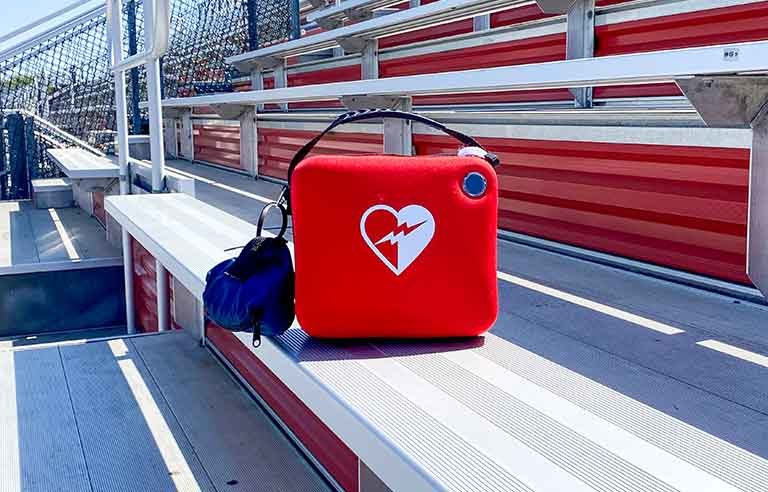‘Defibrillation saves lives’: Researcher says ‘we can’t have too many AEDs’

Photo: WoodysPhotos/iStockphoto
Using an AED along with CPR improves the odds of surviving a cardiac arrest – even when an ambulance is just minutes away, results of a recent study suggest.
A Danish researcher looked at 2016-2020 data from more than 7,000 adults in the Danish Cardiac Arrest Registry. All of them received CPR before an ambulance arrived.
Overall, 14.7% of the cardiac arrest victims also received “bystander defibrillation” with an AED before emergency medical services arrived.
The researchers found that 44.5% of the cardiac arrest victims lived at least 30 days when an AED was used. That fell to 18.8% when victims didn’t receive bystander fibrillation.
Additionally, compared with the cases in which no AED was used, the chances of survival increased 37% when an AED was used and an ambulance arrived within two to four minutes, and 55% when it arrived within four to six minutes.
“The findings indicate that when resources are limited, defibrillators should be located in areas where ambulance response times are likely to be more than six minutes,” said study author Mathias Hindborg, a doctor at Nordsjaellands Hospital. “Anyone can help resuscitate a person suffering a cardiac arrest, be it by performing CPR; retrieving or using an AED; or even purchasing an AED for their workplace, community or household. Defibrillation saves lives and we can’t have too many AEDs in the community, but if we need to prioritize the locations, this study can help in that process.”
Post a comment to this article
Safety+Health welcomes comments that promote respectful dialogue. Please stay on topic. Comments that contain personal attacks, profanity or abusive language – or those aggressively promoting products or services – will be removed. We reserve the right to determine which comments violate our comment policy. (Anonymous comments are welcome; merely skip the “name” field in the comment box. An email address is required but will not be included with your comment.)
